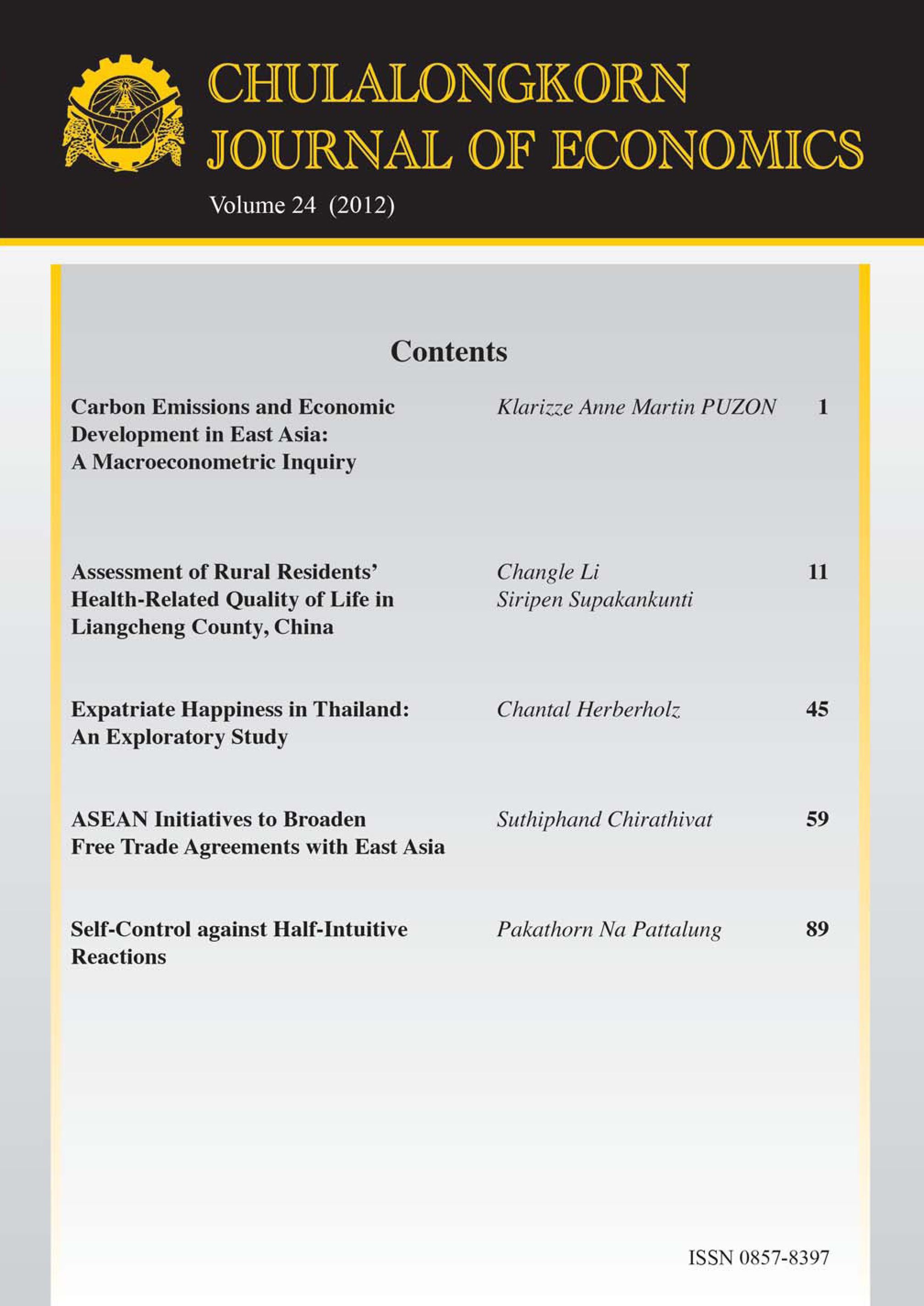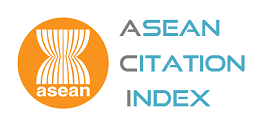GIS and Spatial Dependent Variable on Modeling Conventional Recreational Demand for Phu Jong Na Yoi National Park Tourism, Ubon Ratchathani, Thailand
Keywords:
Spatial Dependence, Travel Cost Model, Consumer Surplus, Geographical Information System, Tourism, Phu Jong Na Yoi National Park, Recreational DemandAbstract
The objectives of this research is twofold: first, to study the role of spatial dependency, as well as other factors, on estimating a recreational demand model for the Phu Jong Na Yoi National Park by using the Geographical Information System (GIS) as a tool in order to support the hypothesis that spatial dependence influences the estimation of the Travel Cost recreation demand for tourism in the park and second, to measure the economic value of the use of the park’s natural resources in order to provide tourism benefits for visitors. Because of knowing the value of park use could help both Government and local officials decide whether or not to open parks’ pristine land to public use, how much to spend on park maintenance each year, and how much capital to invest on park amenities. The estimated spatial autoregressive model shows validity and robustness with the significant R2 and F values at 95% confidence intervals. The estimated park consumer surplus from the model estimated is 56.29 baht per person or 1.89 million baht per year. The valuation of resource use for tourism in the park is important for local administrative policies on environmental and natural resource management in the future.
Downloads
Published
How to Cite
Issue
Section
License
The submission of a manuscript implies that the paper is an original work and has not been published elsewhere. The author(s) authorize the journal to reproduce or distribute the paper in printed or other electronic forms.







